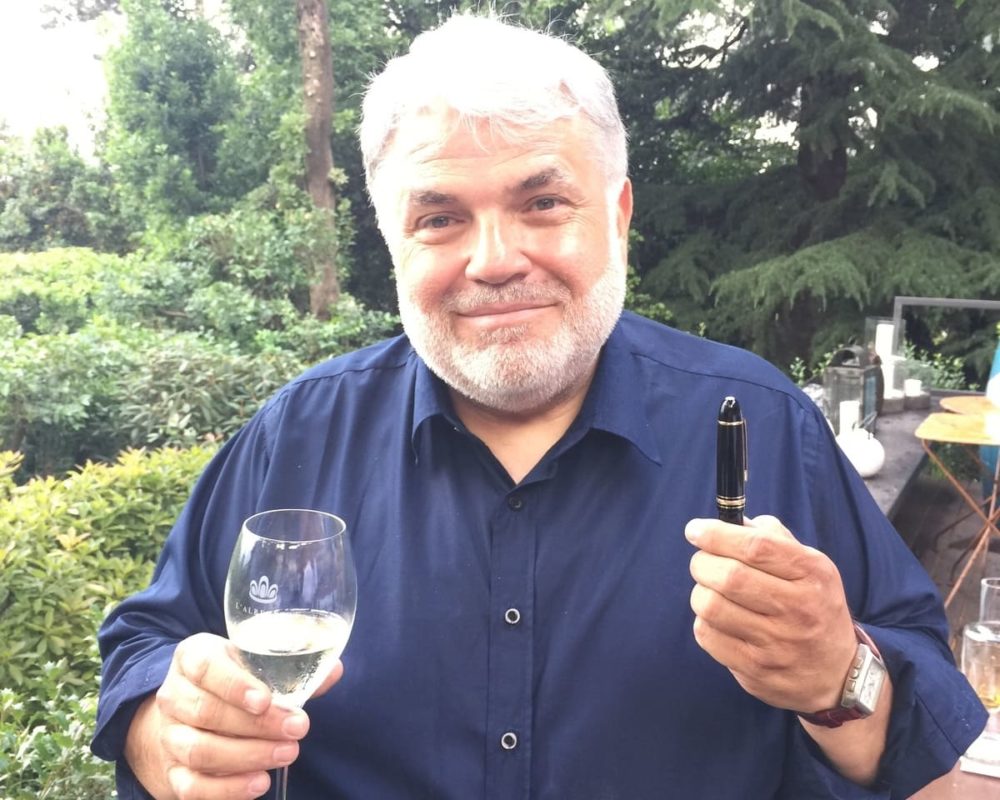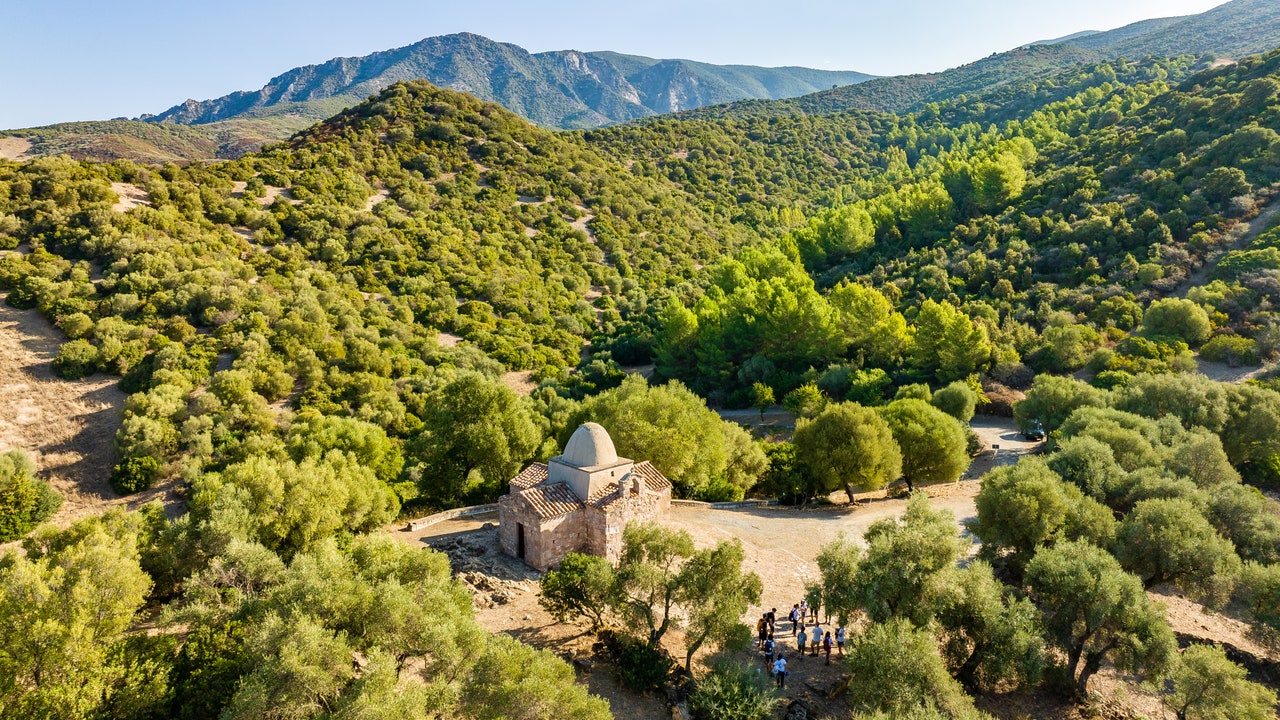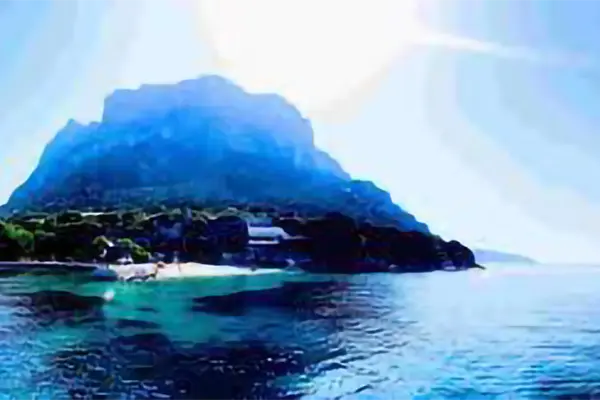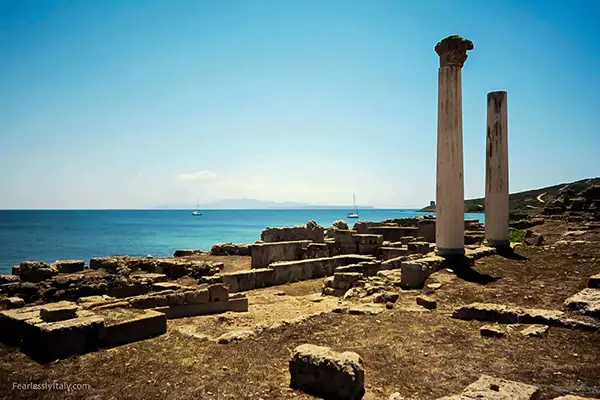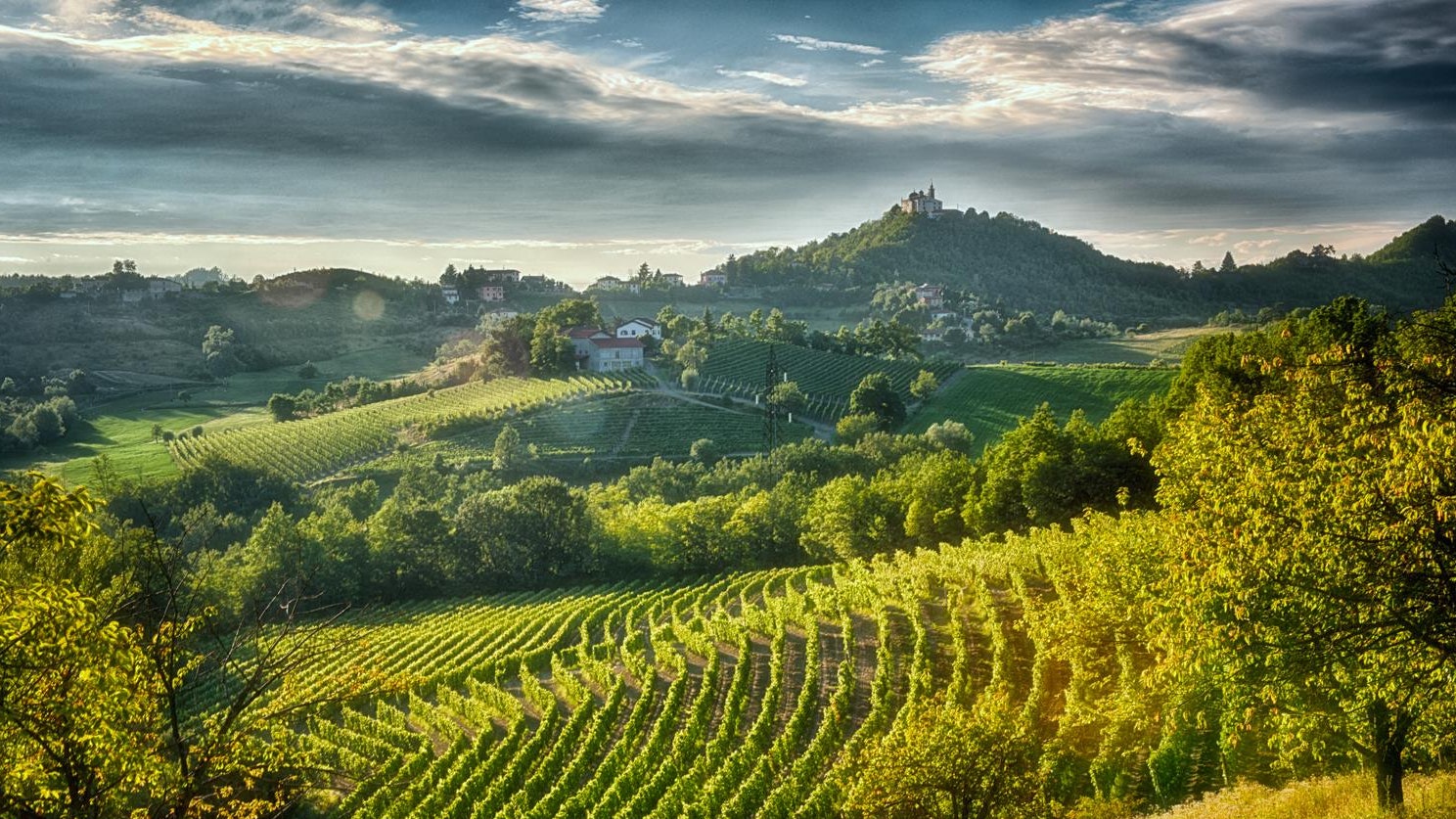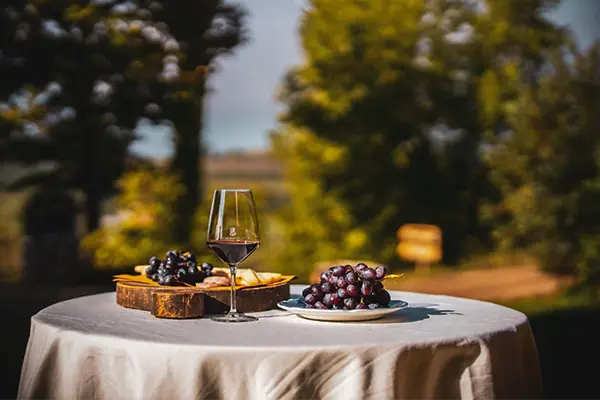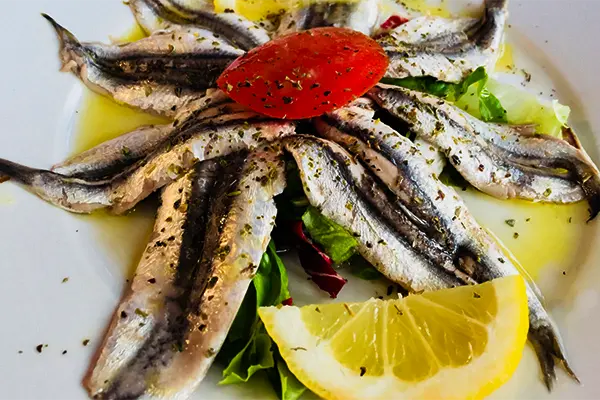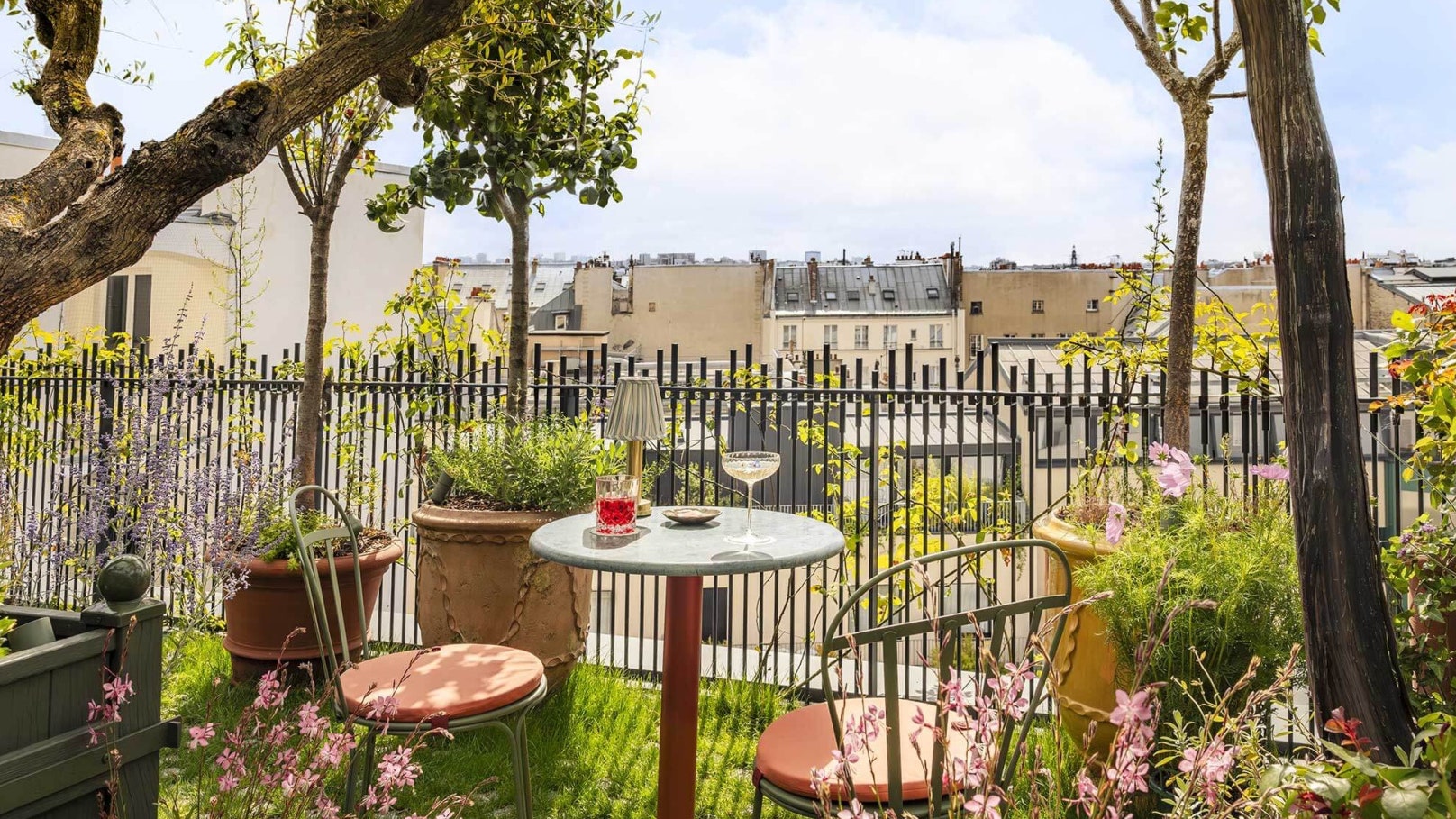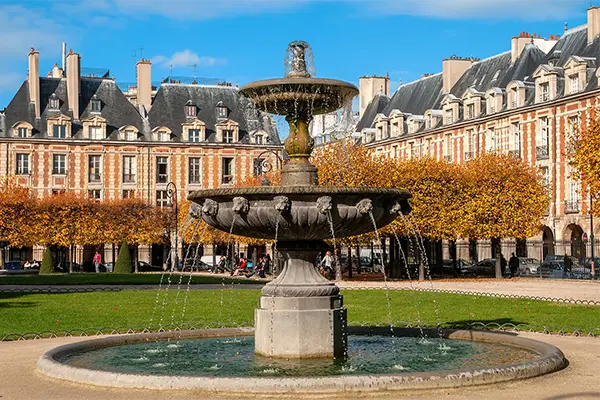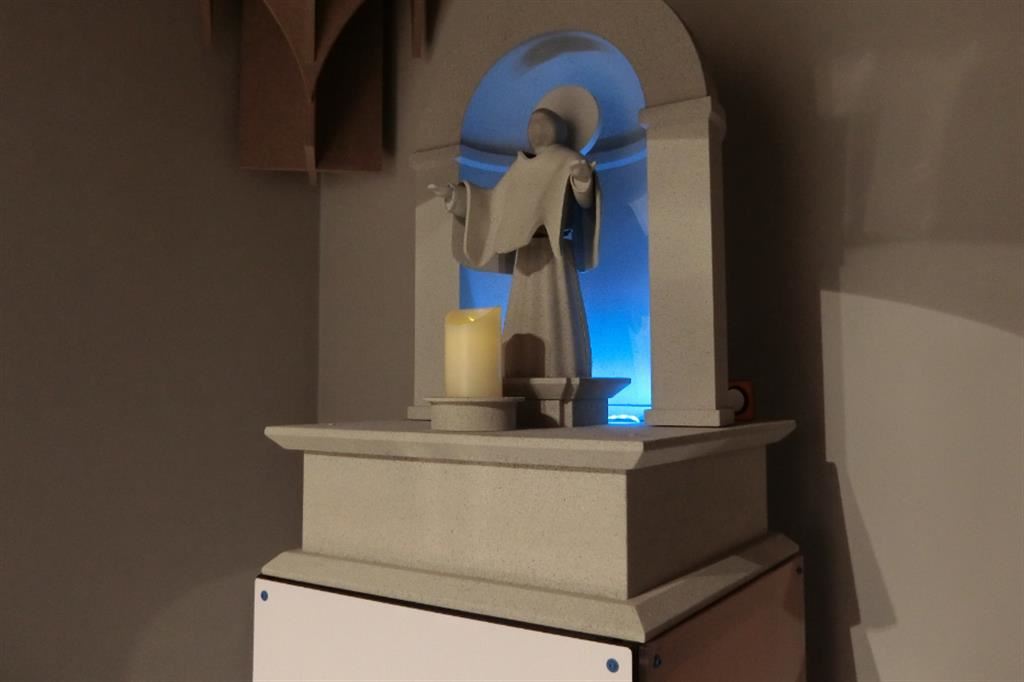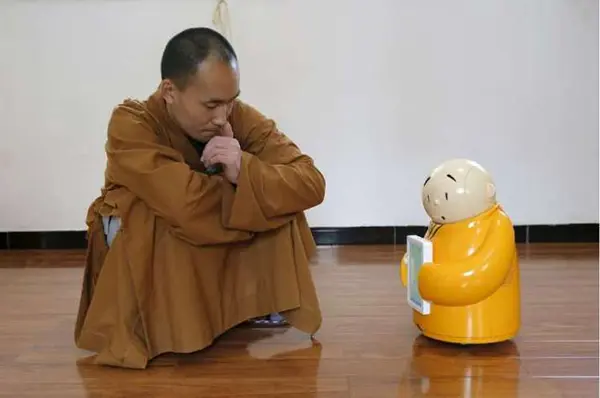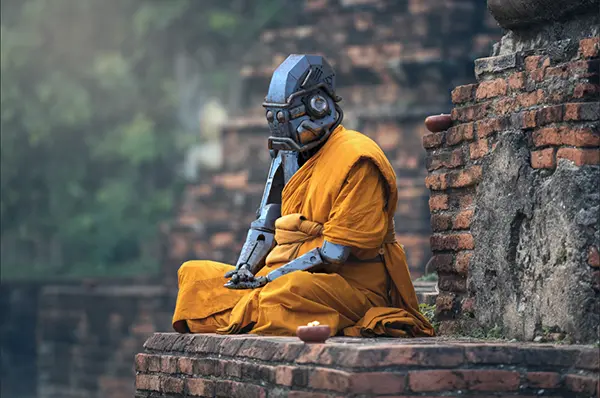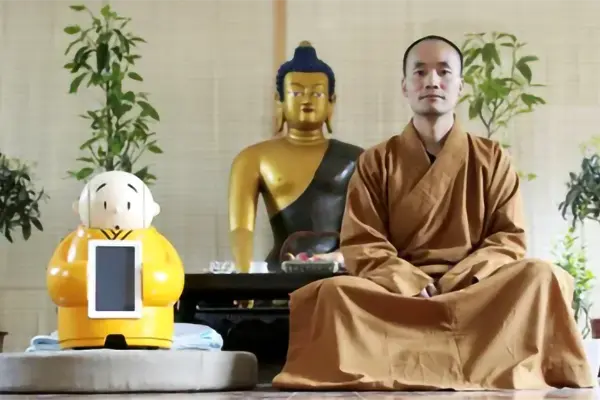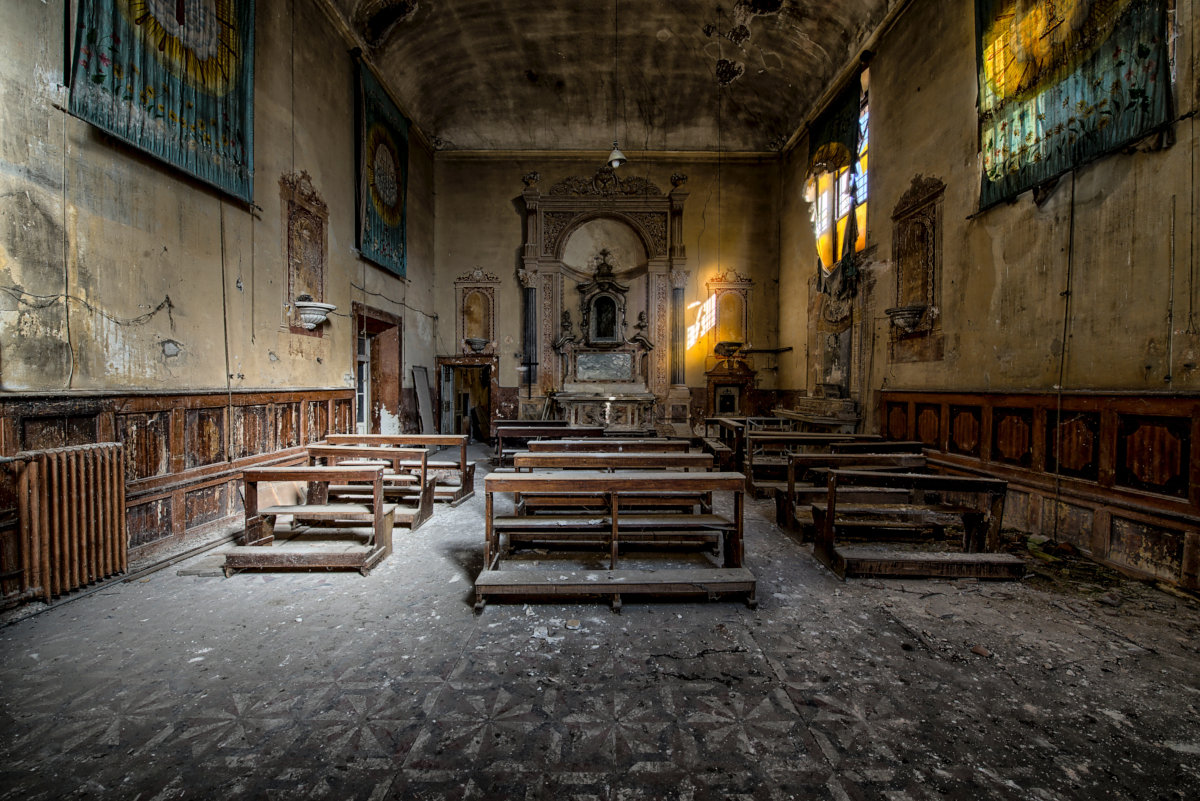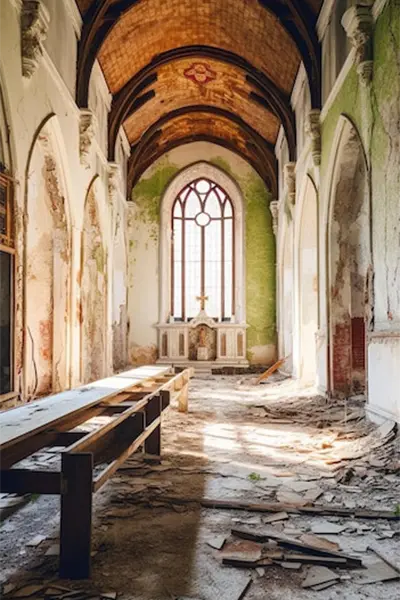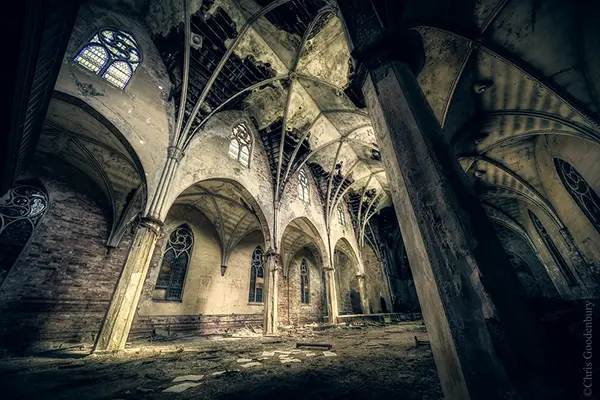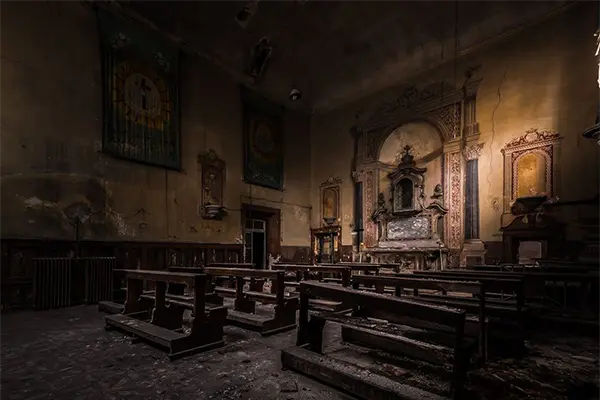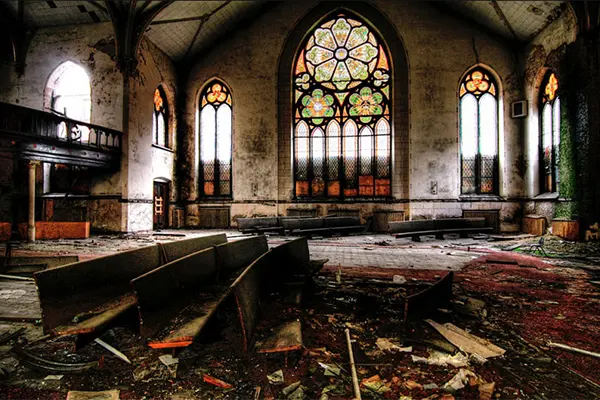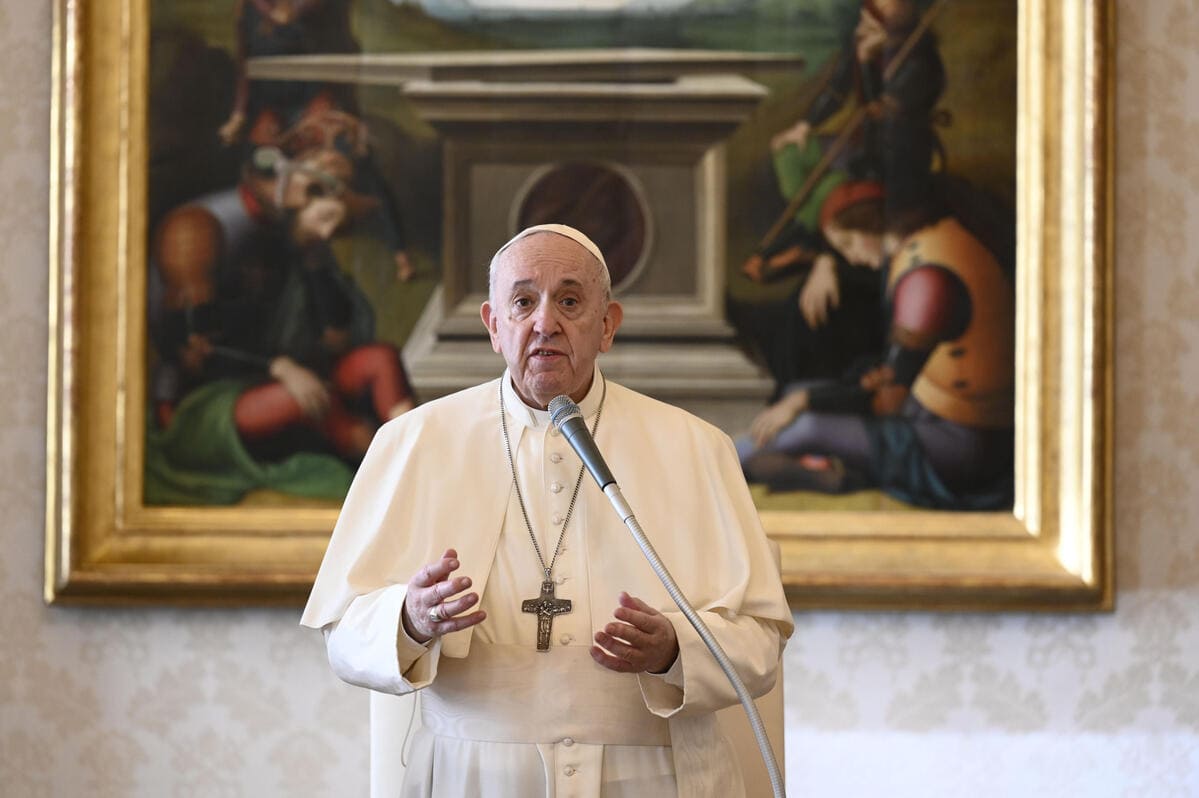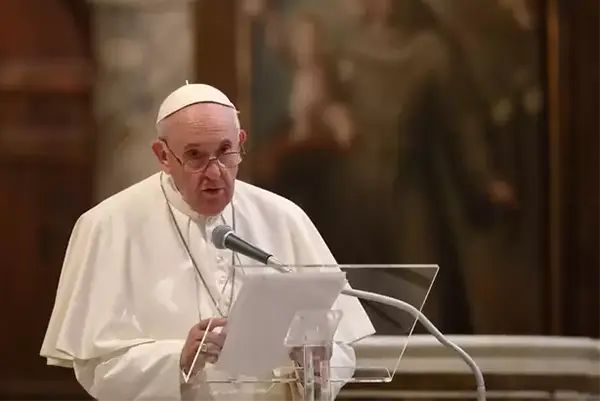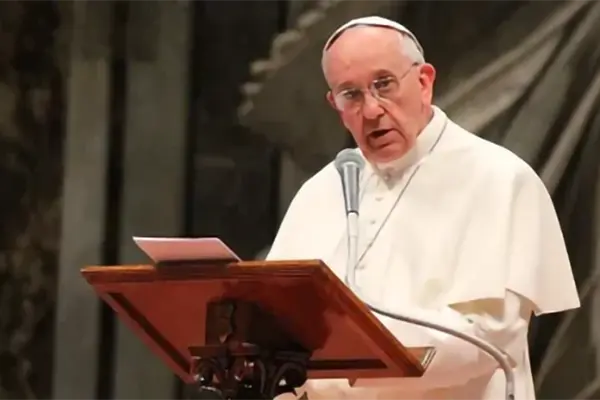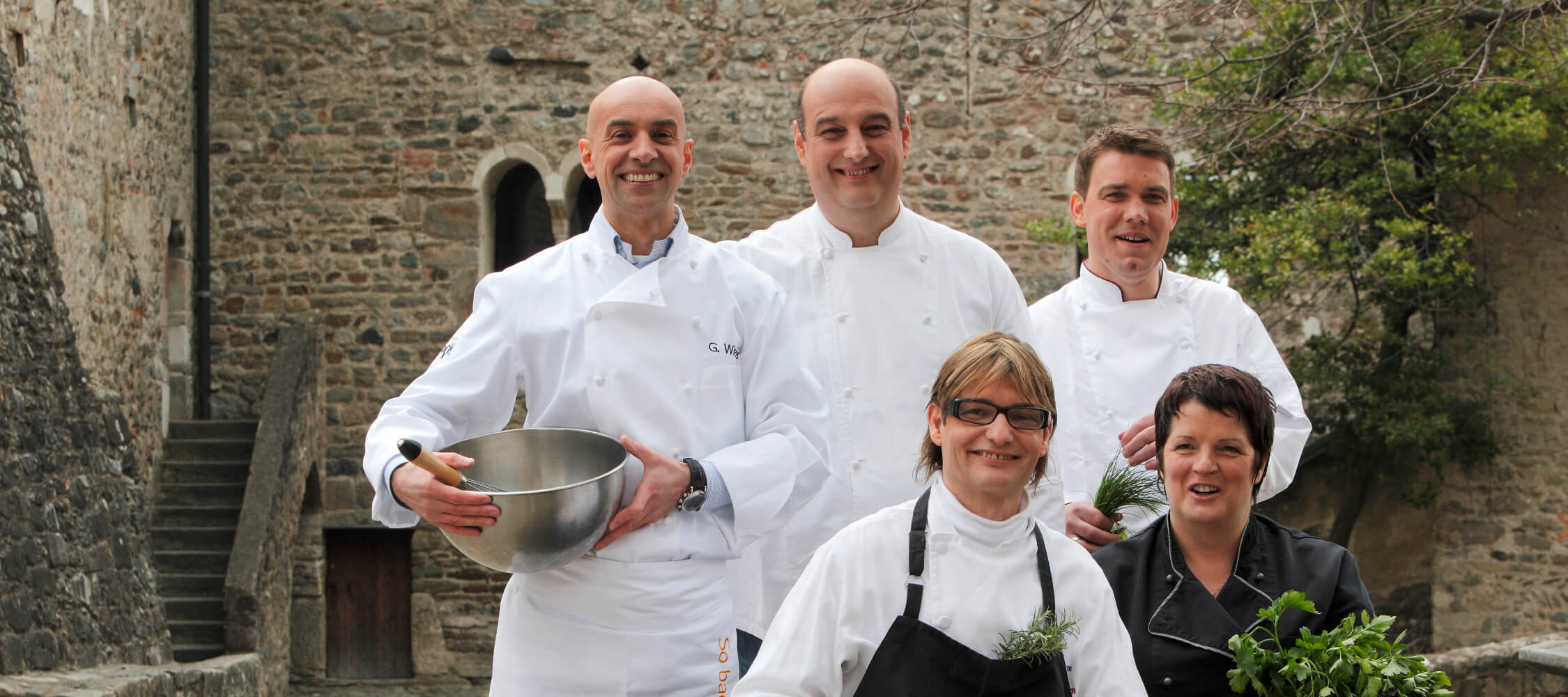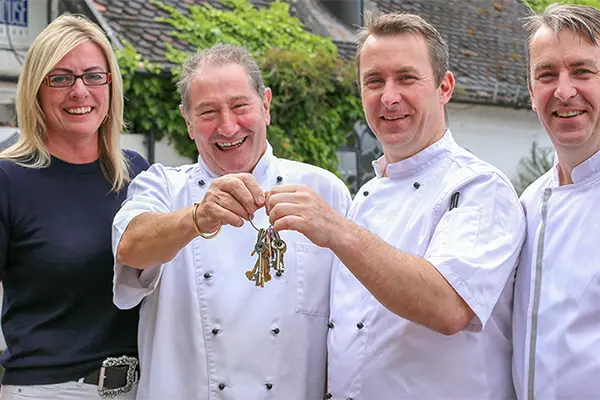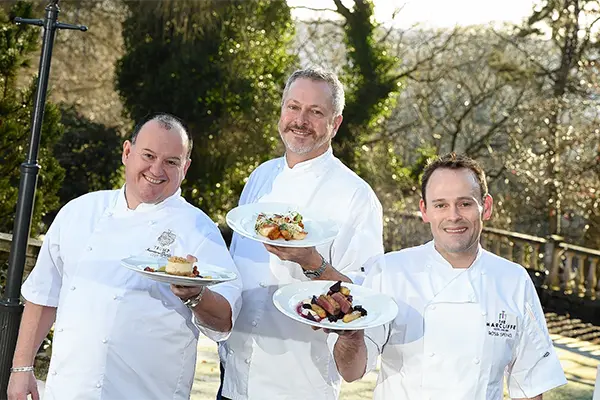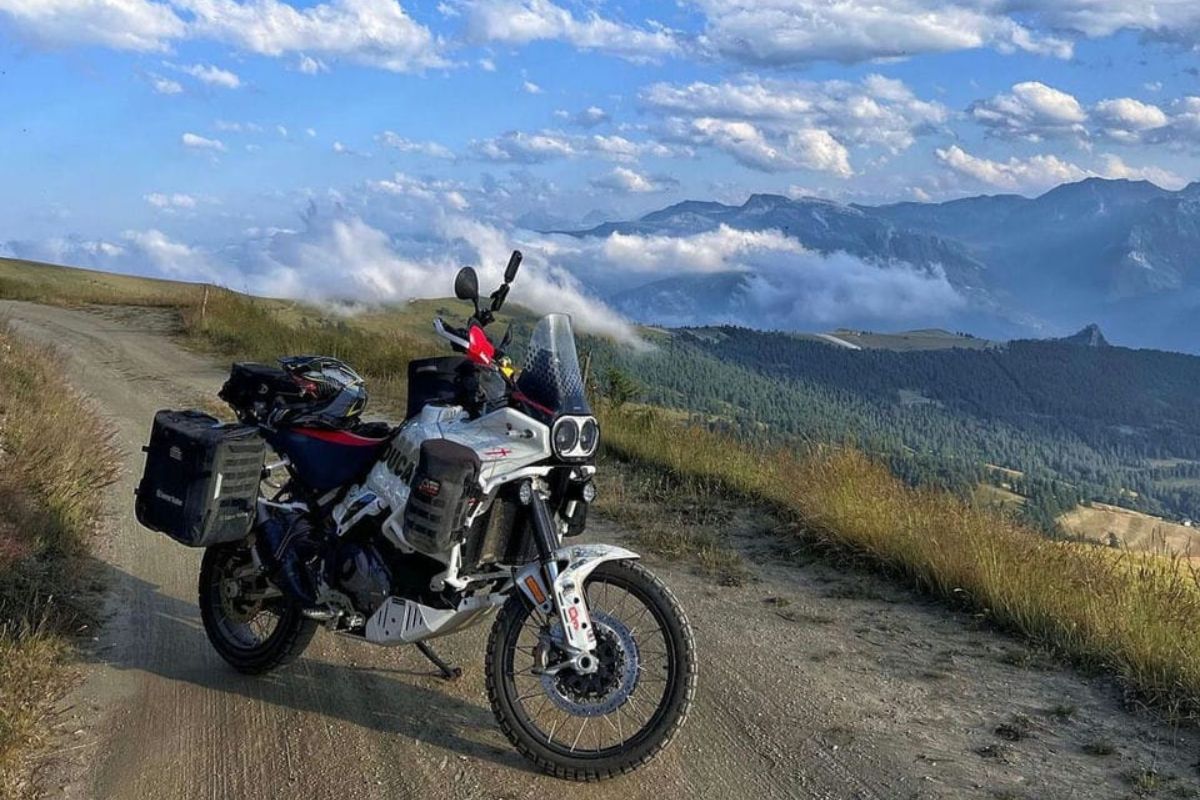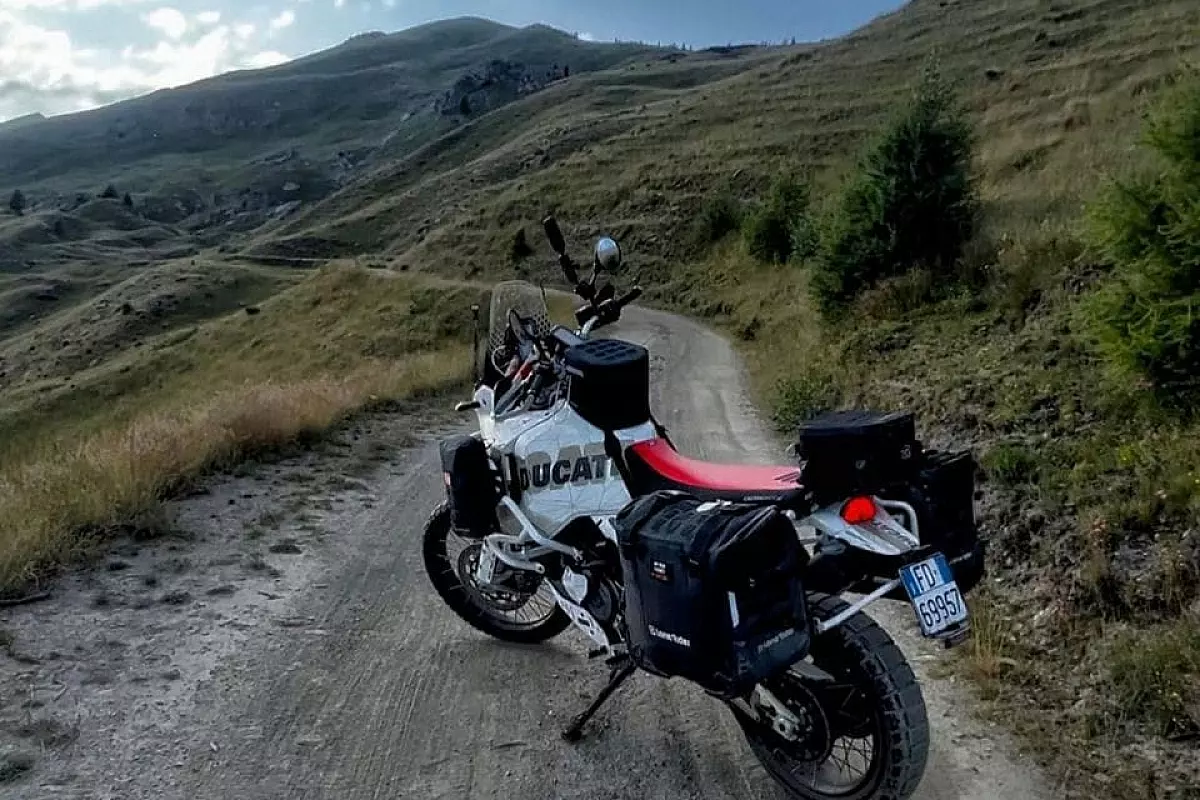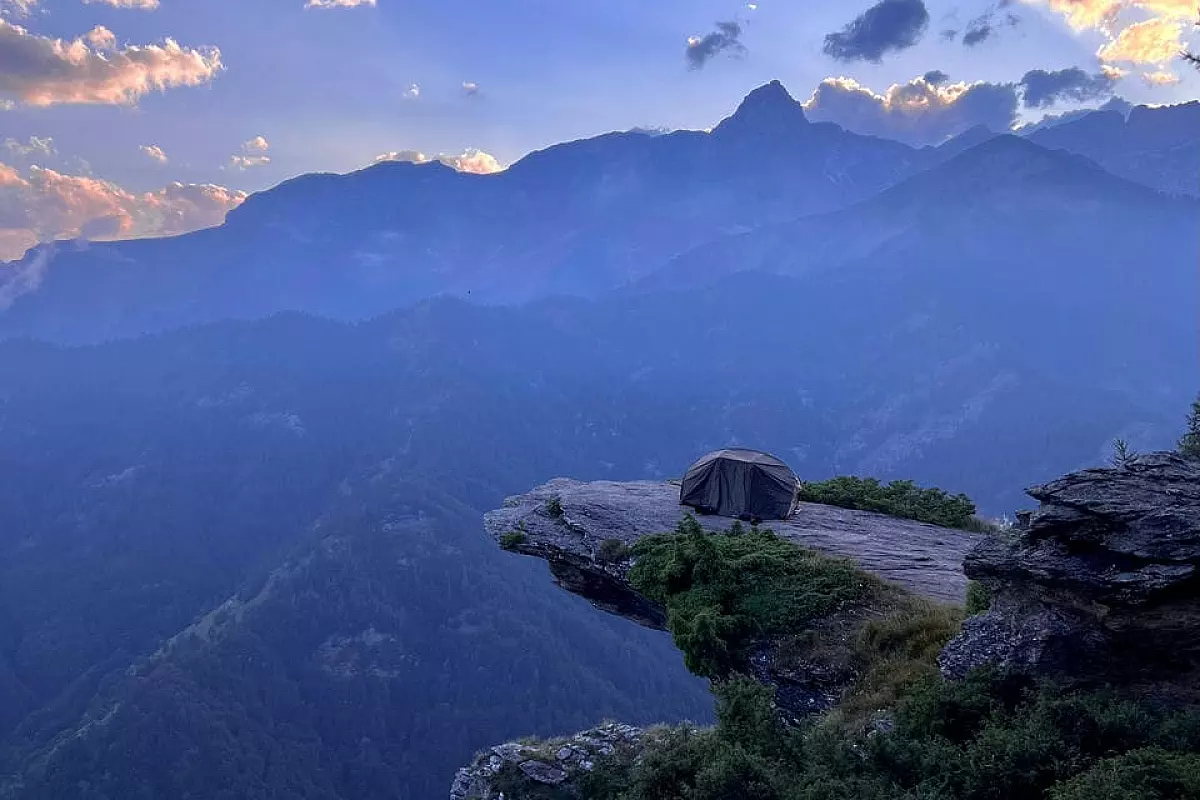On Thursday, November 16, and Friday, November 17, at 18:30 at Casa Jannacci, a center managed by Medihospes, there will be two book presentations linked to the theme “Dreamtime,” which has been chosen as a common element of the 12th edition of BookCity Milano, an event organized by the Department of Culture of the Municipality of Milan and the BookCity Milan Association.
A life I don’t want
The protagonists will be at Casa Jannacci on Thursday, November 16, at 6:30 pm Emanuela Carbone’s wife Roberto Perrone journalist (historical signature Times) and author of the book A Life I don’t Want (HarperCollins), who died prematurely in early 2023, and Enzo Manes, director PuntoCon, magazine of the Cultural Center of Milan.
A Life I Don’t Want, the last novel completed by Perron, is the story of an unexpected and unsought friendship between Lena, a young journalist on the run from life, and Monsignor Patrick, a 70-year-old German bishop determined to move out of his diocese. They both ask for the hospitality of a mutual friend from Trapani, Anastasia, who opens the door of her house to them, only to find herself in the hospital a few hours after the arrival of her two friends. Two guests will be left alone: two lives on the run, two pains, who will be able to smile again after looking into the mirror by exploring together the real reasons for their escapes. A story that fascinates and moves and offers everyone the opportunity to think about the places and relationships important to their lives.
A hundred restarts
On Friday, November 17, however, the spotlight will turn to Giorgio Paolucci journalist and book author A Hundred Restarts and about the three protagonists of so many stories told in the volume: Youls Tanga student, immigrant from Mali; Ambrogio Sansone prisoner in semi-liberty and volunteer in a rehabilitation community for drug addicts; Matthias Theophilus, a Bocconi student and ex-prisoner. They will also attend the presentation of Arnoldo Mosca Mondadori essayist and great-grandson of Arnold and journalist David Perillo as a moderator.
At the heart of the story are reboot stories that come to life in dense, multi-voiced dialogue. Anyone who scrolls through the film of his life can trace moments of more or less serious difficulties: job loss, financial misfortune, illness, prison, the black hole of addiction, and emigration. Faced with evidence of human frailty, we may resign or rebel, but reassuring slogans (“everything will be fine”) are not enough to respond: we need something that gives meaning and strength to existence. The book tells the story of people who experienced the possibility of “starting again” thanks to meeting someone who helped them discover a positive outlook on existence.
What does Casa Jannacci do
Since 2022, Casa Jannacci has been managed by the social cooperative Medihospes: in addition to the homeless, the center’s doors were opened to welcome 70 Ukrainians who fled the war and several families in housing need on behalf of the Prefecture of Milan. As of March 1, 2023, Casa Jannacci has also become a multifunctional assistance center with activities and proposals dedicated to citizens as part of the events planned by the Pnrr.

